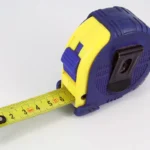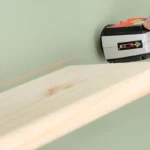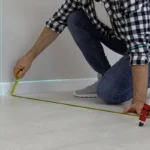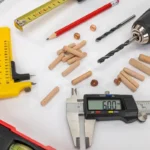In this post, we are going to discuss dimensional measuring. Whether you’re assembling flat-pack furniture or working in high-precision manufacturing, understanding how to measure dimensions accurately is crucial. These secrets will help you elevate your precision and ensure everything fits together just right.
Understanding Dimensional Measurement
Dimensional measurement might sound like something out of a sci-fi movie, but it’s simply about knowing the size and shape of objects. It involves measuring lengths, angles, flatness, and straightness. Think about it: without accurate measurements, nothing in global trade or manufacturing would fit together. Imagine trying to assemble a car where parts don’t match—utter chaos!
Types of Dimensional Measurement Tools
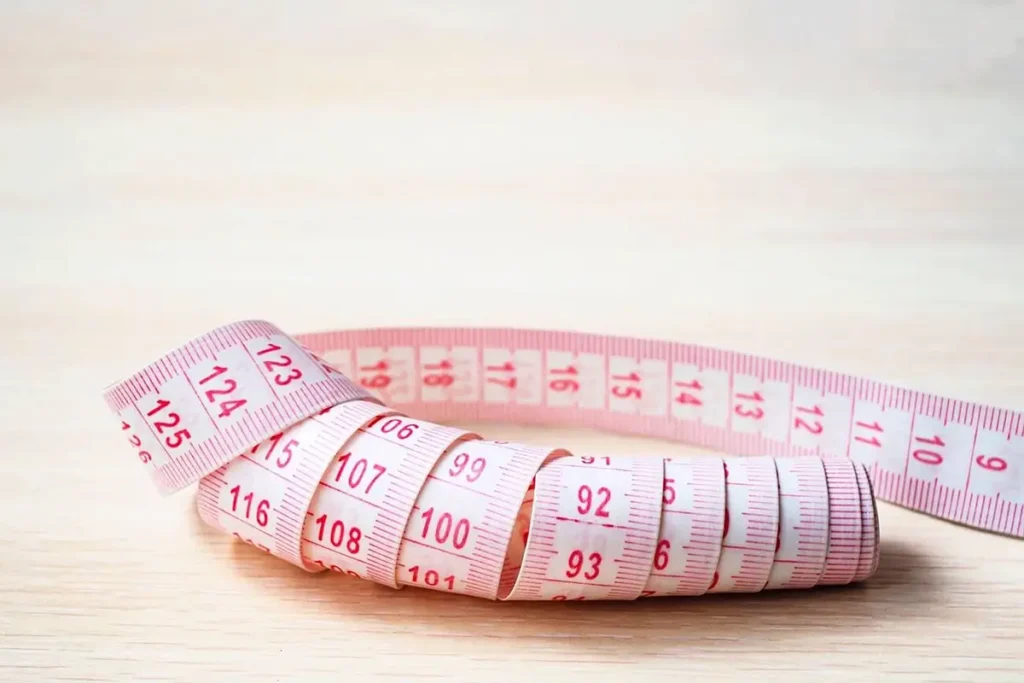
Basic Tools
- Rulers and Tape Measures: The bread and butter of measurement tools. They’re straightforward but can be surprisingly accurate when used properly.
- Calipers and Micrometers: For those times when you need more precision than a ruler can offer. These tools measure small distances with high accuracy.
Advanced Tools
- Coordinate Measuring Machines (CMMs): These are like the rock stars of measuring tools, using a probe to check the physical geometrical characteristics of an object.
- Laser Scanners: Perfect for capturing complex shapes quickly. They shoot lasers at an object and measure the reflected light.
- Optical Comparators: These project a magnified image of an object onto a screen so you can compare it to a standard.
Techniques and Methods
Direct vs. Indirect Measurement
- Direct Measurement: This involves measuring an object directly with tools like rulers or calipers.
- Indirect Measurement: Here, you measure something indirectly, like using a laser scanner to capture a 3D image and then analyzing it.
Contact vs. Non-Contact Techniques
- Contact Techniques: Tools physically touch the object, like with calipers.
- Non-Contact Techniques: Tools like laser scanners or optical comparators don’t touch the object, ideal for delicate or flexible items.
Ensuring Accuracy and Precision
Accuracy and precision are the names of the game. Here’s how to hit the mark every time:
- Calibration and Standardization: Regularly calibrate your tools to keep them accurate. It’s like tuning a guitar—necessary for the best performance.
- Environmental Control: Temperature and humidity can mess with your measurements. Keep your workspace stable.
- Tool Maintenance: Keep your tools in top shape. A dirty or damaged tool is a shortcut to inaccurate measurements.
Applications in Various Industries
Manufacturing
In manufacturing, precise measurements ensure that parts fit together perfectly. From tiny screws in electronics to large components in machinery, accurate measurements are key.
Aerospace
Aerospace takes precision to the next level. The strength of aircraft structures depends on accurate measurements. Imagine the consequences of a poorly measured wing—disastrous!
Medical Devices
In the medical field, precision is a matter of life and death. Implants and instruments must meet stringent standards to function correctly and safely.
Common Challenges and Solutions
Measurement Uncertainties
Every measurement comes with some level of uncertainty. It’s like trying to hit a bullseye while blindfolded. To minimize uncertainty:
- Use the right tools for the job.
- Ensure your tools are well-calibrated and maintained.
- Practice consistent measuring techniques.
Human Error
We all make mistakes, but in measurement, errors can be costly. Reduce human error by:
- Double-checking measurements.
- Using digital tools where possible.
- Training staff thoroughly.
Future Trends in Dimensional Measurement
The future of measurement is digital. Innovations like IoT and Industry 4.0 are bringing new tools and methods to the forefront.
- Digital Measurement Technologies: Tools are getting smarter, integrating digital displays and Bluetooth connectivity.
- IoT and Industry 4.0: Connected devices are making it easier to monitor and control measurement processes in real-time.
- Predictive Maintenance and AI: AI can predict when tools need maintenance, ensuring they’re always accurate.
Practical Tips for Improved Measuring
Here are some tips to boost your measuring game:
- Select the Right Tool: Match your tool to the job. Don’t use a sledgehammer to crack a nut.
- Proper Tool Handling: Handle tools carefully. Drop a caliper, and you might as well throw it away.
- Real-World Examples and Case Studies: Learn from others. Case studies provide valuable insights into best practices.
Conclusion
Dimensional measurement is more than just numbers and tools; it’s about precision and reliability. By adopting these best practices, you can ensure that your measurements are spot-on every time. So, grab your tools, get measuring, and take your precision to new heights!

